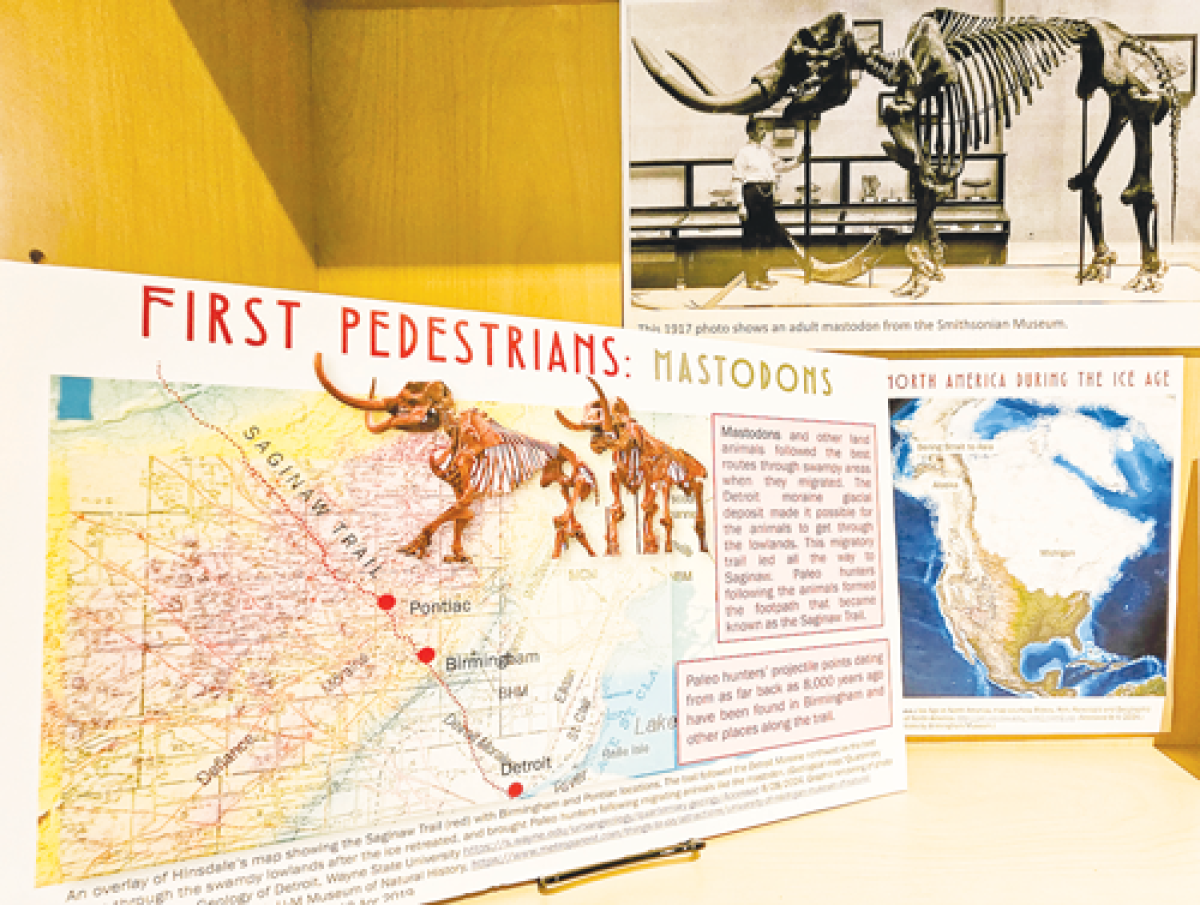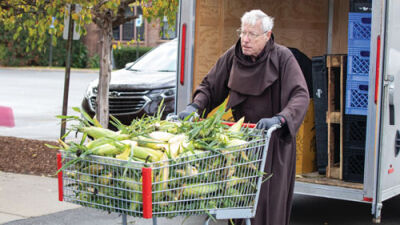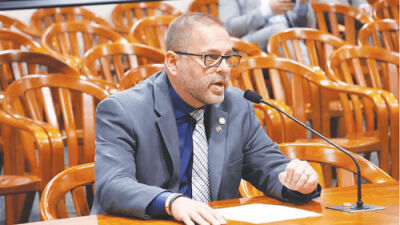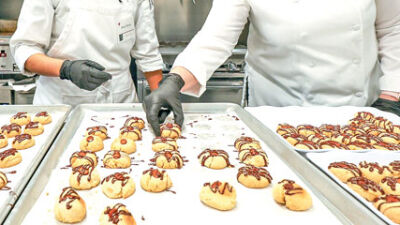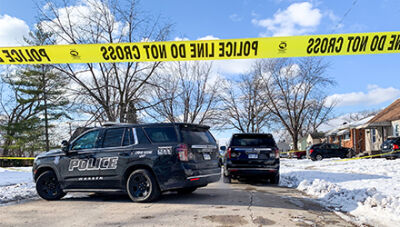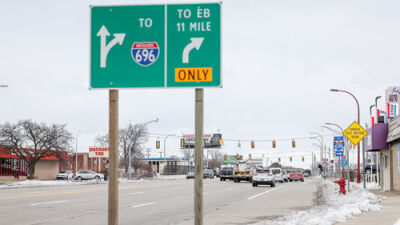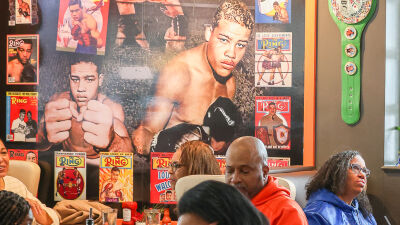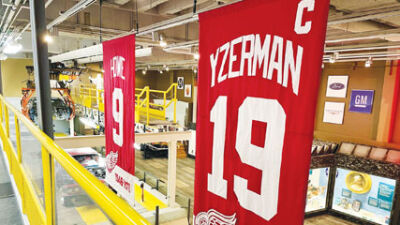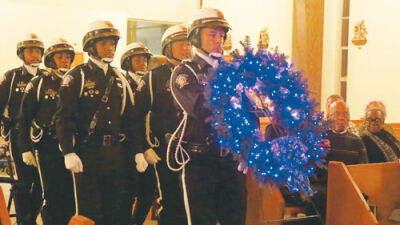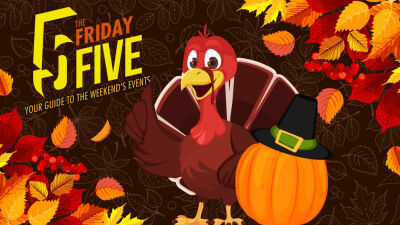BIRMINGHAM — When the Birmingham Museum reopened in early September, they debuted a new, year-long exhibit called “Transportation and Transformation: Shaping Birmingham and its People.”
In this exhibit, the museum explores centuries of transportation as it relates to the local community. All forms of transportation are included, from the Saginaw Trail footpath to horses to the railway to aviation to automobiles. They also explore the impact of diners and drive-ins, Jacobson’s Department Store, bicycles and more.
“All of these things actually are connected to each other, even though they’re different and distinct stories,” Birmingham Museum Director Leslie Pielack said.
Visitors will have the opportunity to step back in time and learn the stories of the people and transportation that came before them through photos, objects and documents.
“We’re interested not just in transportation as an abstract concept, or the vehicles or the machinery,” Pielack said. “We’re interested in people, and the people that interacted with those transportation changes over time.”
As a sneak peak into what visitors will see at the exhibit, Birmingham Museum Specialist and Archivist Donna Casaceli shared some insights on the aviation, diners and drive-ins sections.
Aviation
The aviation section of the exhibit features aviators from the Birmingham and Southfield areas. This includes Eugene Heth, a pilot who flew with the Wright brothers.
It also goes into the history of Ralph Coryell, who was the first lieutenant in the 96th Aero Squadron in France. He was awarded the Silver Star in 1919.
The exhibit then moved to Harry Brooks, who was a test pilot for Henry Ford. Specifically, he worked on testing and designing the Ford Flivver. In a mission to break a record for the longest flight in a light aircraft, he disappeared over the Atlantic. The plane was recovered, but not his body.
“It’s just about those early aviator pioneers that really not only transformed Birmingham, but the world,” Casaceli said.
The history of women in aviation is also displayed in the exhibit, including the story of Edna Ferguson and more.
To learn more, visit the “Transportation and Transformation: Shaping Birmingham and its People” exhibit at the Birmingham Museum.
Diners and drive-ins
In the diners and drive-ins exhibit, they explore how “Woodwarding” started. In the ‘50s, drive-ins started popping up, and they were frequented by teenagers. It was the era of poodle skirts and milkshakes as these diners and drive-ins became popular hangout spots for high schoolers.
However, the Woodward part of the exhibit goes into what happened when this culture took a dark turn. Older people started coming to these popular spots and preyed on the younger women. In 1963, a young girl was picked up and murdered.
“It was a very dark moment in Birmingham history,” Casaceli said.
The fun culture of hanging out at drive-ins became dangerous. Some businesses began paying thousands of dollars for armed guards to patrol the parking lots. It got to the point where Birmingham passed an ordinance that prohibited drive-ins. Many drive-ins became diners once the drive-in element was no longer allowed. Eventually, most of these businesses ended up closing.
To learn more about the upbeat drive-in culture and the dark history of Woodwarding, visit the exhibit at the Birmingham Museum.
The museum is back to its regular schedule of being open 1-4 p.m. Tuesdays-Saturdays. Special group tours are available by arrangement. The cost is $7 for admission to the museum, and the fee includes a guided tour of the John West Hunter House.
 Publication select ▼
Publication select ▼